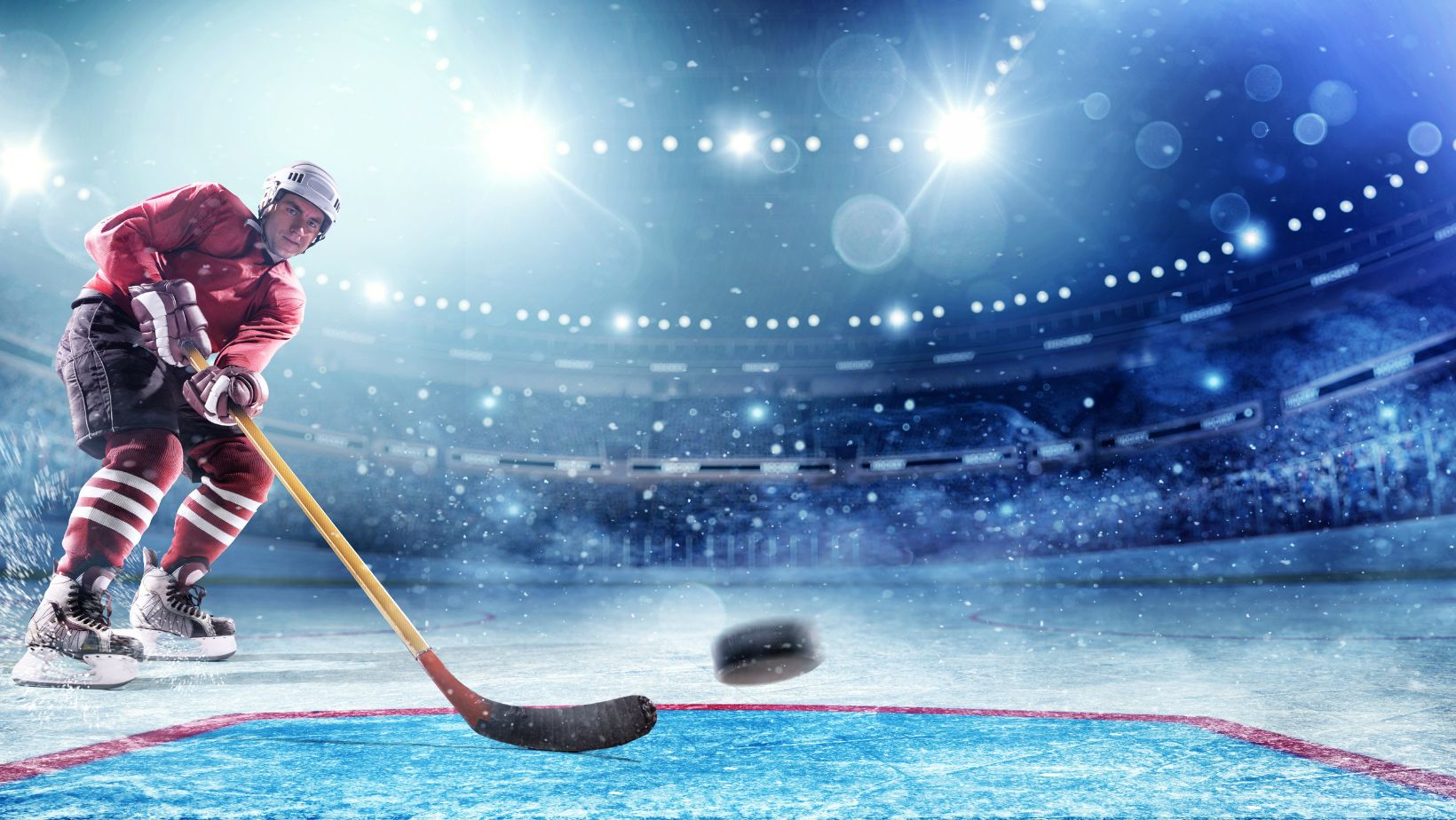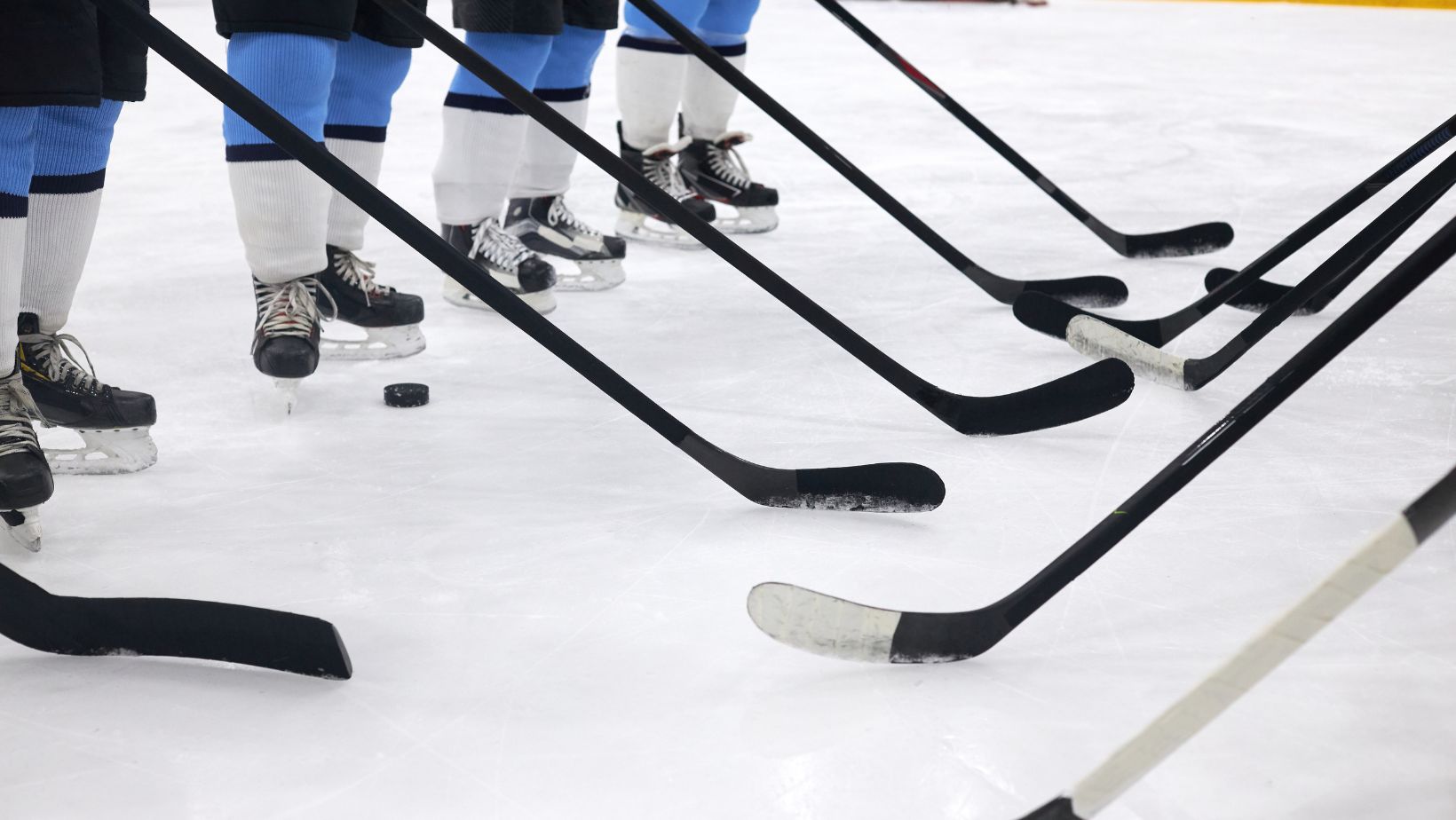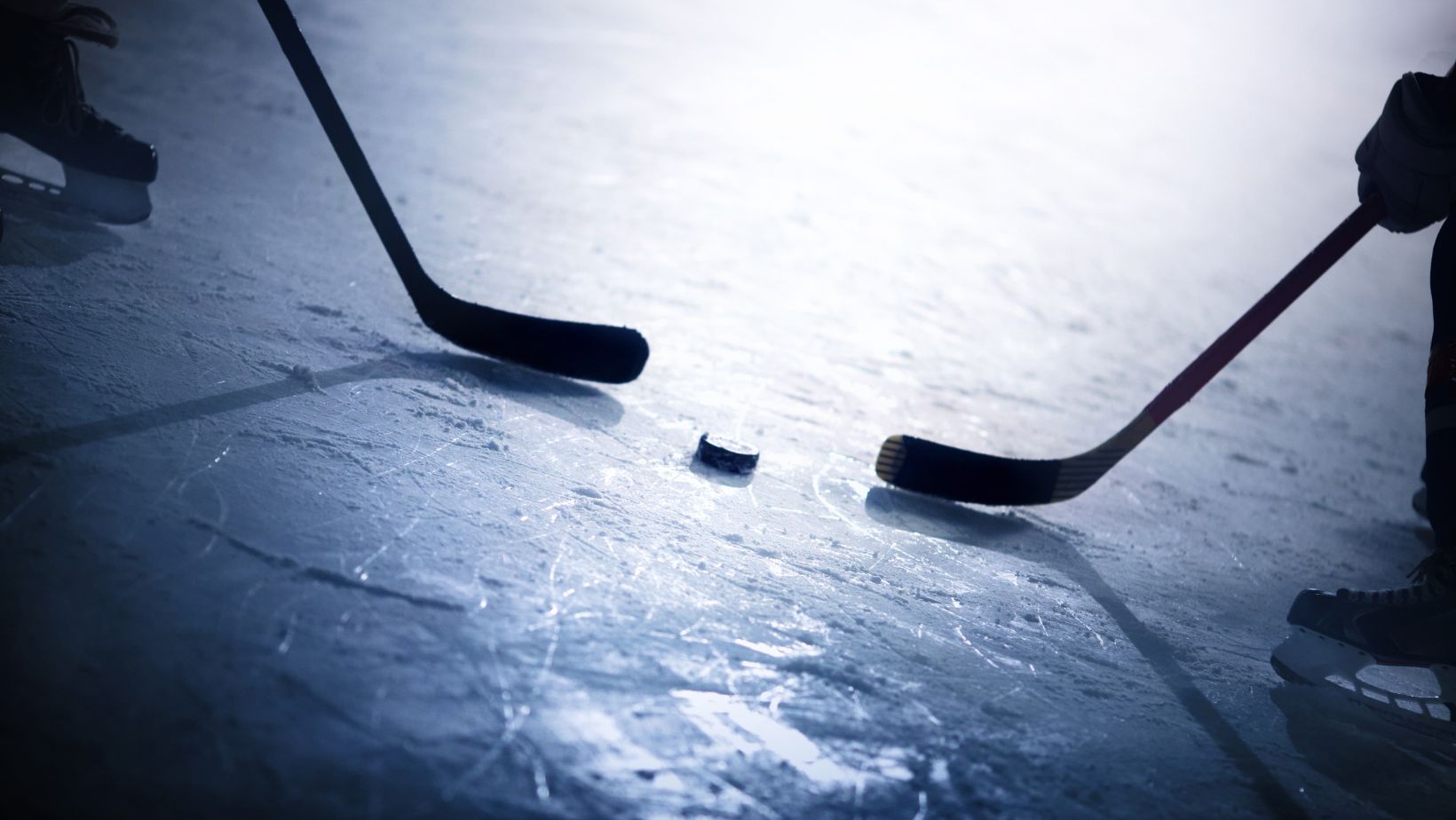
Field hockey is a thrilling and fast-paced sport requiring a unique set of equipment to ensure safety, performance, and enjoyment. Whether you’re a seasoned player or just starting your field hockey journey, selecting the right equipment is crucial to your success.
This comprehensive guide will walk you through choosing the right field hockey equipment like a pro.
The Essentials: Field Hockey Stick
The field hockey stick is arguably the most crucial equipment for any player. It’s the extension of your arms and hands, and your choice will greatly impact your performance on the field. Here are some key factors to consider when selecting the right stick:
Stick Length
Your height and playing position determine the length of your field hockey stick. Typically, sticks range from 28 to 38 inches in length. Here’s a general guideline for stick length based on player height:
- Under 5′ 2″ (157 cm): 28″ – 32″
- 5′ 3″ to 5′ 8″ (160-173 cm): 32″ – 35″
- Over 5′ 8″ (173 cm): 35″ – 38″
Forward players often prefer shorter sticks for better control and dribbling, while defenders may opt for longer sticks to increase their reach for tackling and intercepting passes.
Stick Composition
Field hockey sticks come in various materials, including wood, fibreglass, carbon fibre, and composite blends. Each material offers a different balance of power, control, and flexibility:
- Wood: Traditional wooden sticks provide excellent ball control but may need more power than composite sticks.
- Fiberglass: Fiberglass sticks offer a good balance of control and power and are often more affordable.
- Carbon Fiber: These sticks are known for their exceptional power and durability, making them a top choice for elite players.
- Composite Blends: These sticks combine materials to balance power, control, and feel.
Your choice of stick material will depend on your playing style and skill level. Beginners may start with a wood or fibreglass stick, while advanced players may opt for carbon fibre or composite blends.
Bow Shape
The bow shape refers to the curvature of the stick’s shaft. It can be categorised as a low, mid, or high bow. Each bow shape offers different advantages:
- Low Bow: Ideal for drag flicks and aerial skills, as it enhances the ability to lift the ball.
- Mid Bow: Offers a balanced performance for various skills and is a popular choice among players.
- High Bow: Provides excellent control and dribbling ability but may not be suitable for lifting the ball.
Choose a bow shape that complements your playing style and position.

Protecting Yourself: Safety Gear
Safety should be a top priority when playing field hockey. Wearing the right protective gear is essential to prevent injuries. Here’s a list of important safety gear:
Mouthguard
A mouthguard is crucial to protect your teeth and mouth from potential impacts or collisions during the game. Custom-fit mouthguards are the best option, but boil-and-bite ones are a more affordable alternative.
Shin Guards
Shin guards are designed to protect your shins and lower legs from impacts, particularly from high-speed shots and tackles. Make sure your shin guards fit comfortably and securely.
Gloves
Field hockey gloves provide grip, control, and protection for your hands. They are especially important for goalkeepers but can benefit all players. Look for gloves with padded palms for added protection.
Eye Protection
While not mandatory in all leagues, eye protection is a wise choice to shield your eyes from stray sticks or balls. Goggles or a face mask can provide adequate protection.
Goalkeeper Gear
If you’re a goalkeeper, you’ll need additional equipment, such as leg guards, kickers, and a chest protector. Goalkeeper gear is designed to provide maximum protection and coverage.
Footwear: Field Hockey Shoes
Field hockey shoes are designed specifically for the sport, offering the necessary grip, support, and durability. Here’s what to consider when choosing field hockey shoes:
Cleats
Field hockey shoes typically come with cleats designed for turf surfaces. They provide excellent traction and stability on the field. Ensure your cleats fit comfortably and securely to prevent blisters and injuries.
Cushioning and Support
Look for shoes with adequate cushioning and support to reduce the risk of foot and ankle injuries. High-quality insoles can also enhance comfort and performance.
Durability
Field hockey shoes should be durable enough to withstand the demands of the sport. Reinforced toe caps and sturdy materials are essential for longevity.
Clothing: Comfort and Performance
The right clothing can significantly affect your comfort and performance on the field. Here are some clothing considerations:
Jerseys and Shorts/Skirts
Field hockey jerseys are typically short-sleeved and designed for ease of movement. Choose a jersey that fits comfortably and is made from breathable materials. Shorts or skirts should also provide freedom of movement.
Socks
Quality field hockey socks should provide cushioning, support, and moisture-wicking properties. They help reduce the risk of blisters and keep your feet comfortable during the game.
Goalkeeper Attire
Goalkeepers require specialised clothing, including padded shorts, chest protectors, and a distinctive jersey. Ensure your goalkeeper attire fits properly and allows for a full range of motion.
Accessories: The Extras
Field hockey accessories may seem like small details, but they can significantly impact your game. Here are some extras to consider:
Grip Tape
Applying grip tape to your stick’s handle can improve your grip and control. It’s a simple yet effective way to fine-tune your stick’s feel.
Stick Bag
A stick bag is a convenient way to transport and protect your field hockey stick. Look for a bag that fits your stick and has additional compartments for your gear.
Water Bottle
Staying hydrated is essential during any physical activity. Carry a water bottle to the field to ensure you can replenish your fluids as needed.
Personalised Gear
Consider adding personal touches to your gear, such as custom stick designs or team logos. These touches can boost your confidence and team spirit.
Where to Purchase Field Hockey Equipment
Now that you know what to look for in field hockey equipment, the next step is finding a reliable source to purchase it. Here are some options:
Specialty Sporting Goods Stores
Many sporting goods stores carry field hockey equipment, especially in areas where the sport is popular. Visiting a store in person allows you to try on gear and get expert advice.
Online Retailers
Online retailers offer a wide selection of field hockey equipment, often at competitive prices. Be sure to read product reviews and check sizing guides when shopping online.
Team and League Suppliers
If you’re part of a field hockey team or league, they may have preferred suppliers or sponsors that offer discounts to members.
Secondhand Market
Consider buying used field hockey equipment if you’re on a budget. You can find secondhand gear at sporting goods stores, online marketplaces, or through local classified ads.

Maintenance And Care
Proper maintenance and care of your field hockey equipment are essential for its longevity and performance. Here are some tips:
Stick Maintenance
- Clean your stick regularly to remove dirt and grime.
- Check for cracks or damage and repair or replace as needed.
- Store your stick in a cool, dry place to prevent warping.
Protective Gear
- Clean and disinfect your protective gear, especially mouthguards and gloves, to prevent odours and bacterial growth.
- Check for wear and tear, and replace damaged gear promptly.
Shoes
- Clean your field hockey shoes after each game to remove dirt and turf debris.
- Allow your shoes to air dry, and avoid exposing them to excessive heat.
Clothing
- Wash your jerseys, shorts, and socks according to the label’s care instructions.
- Repair or replace clothing with rips, tears, or worn-out elastic.
By taking care of your equipment, you’ll extend its lifespan and ensure that it performs at its best when you need it most.
The Bottom Line
Choosing the right field hockey equipment like a pro involves carefully considering factors such as stick length, composition, bow shape, safety gear, footwear, clothing, and accessories. Selecting gear that suits your playing style, position, and skill level while prioritising safety and comfort is important.










